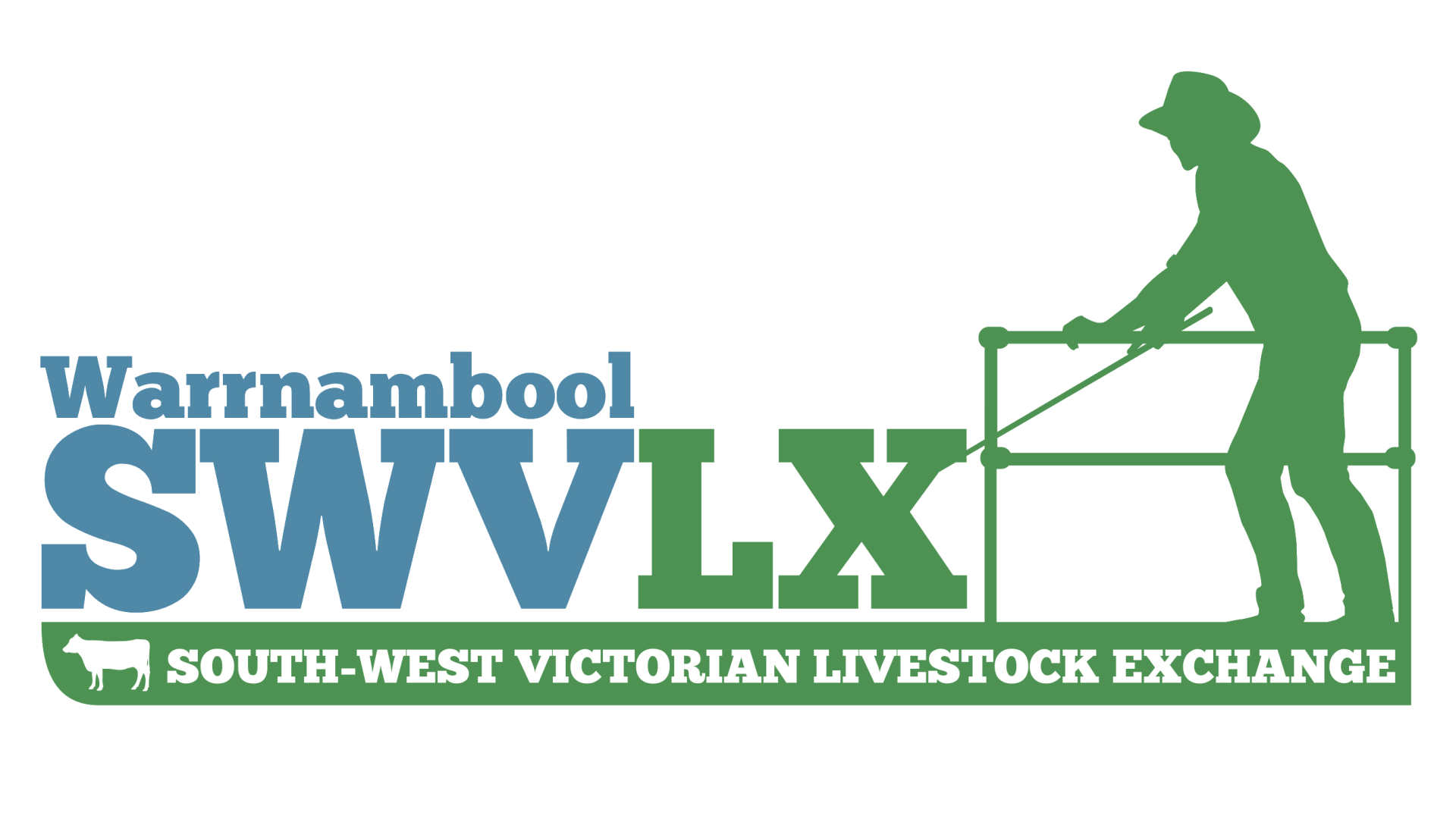This is the date and time that this news article was published.
An analysis of the South-West Victorian Livestock Exchange from a commercial perspective will form part of the evidence informing a Council decision on the future of the saleyards.
“A commercial analysis was requested by Council to provide us with some insights into how the saleyards needed to perform in order to provide a commercial rate of return,” Warrnambool Mayor Cr Debbie Arnott said.
“This analysis, along with an economic report, land use report and community consultation outcomes will be included in a report presented to Council at the November 7 meeting.”
The report found it was very unlikely there was a scenario under which the SWVLX would be commercially viable.
It noted that saleyards across Australia have come under pressure in recent years with throughput generally falling due to the emergence of online livestock auctions, meat processors buying directly from farms, and competition from new, privately-owned saleyard facilities.
The report considered how the SWVLX would need to perform to achieve three different rates of return which were full commercial, semi-commercial rate or a break-even rate (Council’s borrowing rate).
The report found that annual cattle throughput of 205,145 head (from 2028-29 onwards) would be required for a full commercial return on new capital expenditure of $5.667 million and maintenance costs of $4.04 million.
To operate and break even over the next 20 years Council would need to invest the $4.04 million in maintenance plus increase cattle throughput from its current rate to 76,230, a throughput figure last achieved in 2016-2017.
The financial results in relation to the SWVLX for the past five years indicated that the SWVLX, on average, had operated at a loss. Over this time Council has invested $1.34m in capital works at the yards, mainly related to roof construction ($650,000), rectification works ($280,000) and walkways ($220,000).
The report concludes that “the financial analysis indicates that Council should not undertake the investment in new capital works of between $4,487,000 and $5,667,000 and maintenance capital work over 20 years of $4,404,000” on the basis that it would almost certainly result in a Net Present Cost (the value of capital and operating costs over 20 years, minus revenue) to Council.
